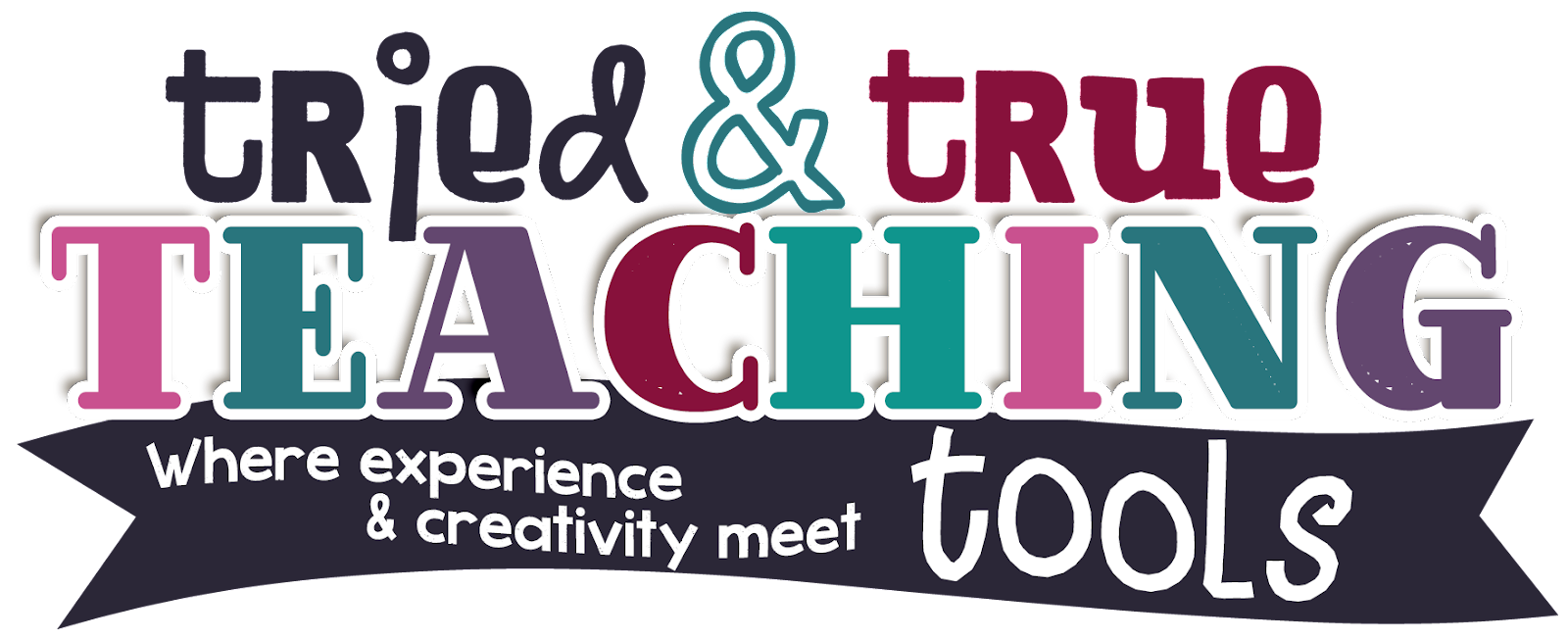Hello! I'm so glad you're here! We are in week 3 of our summer book study: Making Thinking Visible: How to Promote Engagement, Understanding, and Independence for All Learners by Ron Ritchhart, Mark Church, and Karin Morrison. If you missed out, you can catch up here:
Week 1: Unpacking Thinking
Week 2: Putting Thinking at the Center
This week's reading was a quickie chapter introducing thinking routines. (More in-depth explanations in following chapters)
I love how the authors present "thinking" as a routine. "Routines can be thought of as any procedure, process or pattern of action that is used repeatedly to manage and facilitate the accomplishment of specific goals or tasks. Classroom are dominated by such routines." (p. 45) Wow; when thought of that way, thinking needs to be embedded in EVERYTHING we do in the classroom!! I'm very excited because this book comes with a DVD of real teachers in real classrooms using these thinking routines!! Real kids in action! I don't know about you, but I learn best when I SEE and HEAR something in action!There are three ways of looking at Thinking Routines:
It is important to choose the right tool for a specific job: you would not use a saw to weed the garden or a a shovel to hang a picture frame. In order to understand which thinking routines to use, we need to understand the specific types of thinking that promote understanding. Also by identifying the thinking at the beginning, it will help us to focus our assessment of student responses. Rather than activities that help our kids participate, thinking routines are the tools students will use to support their thinking. We want kids to ask themselves, "What makes me say that?" Students need to think about their thinking!
We can't simply ask our students to think, w need to build on their prior knowledge then see where it leads next. The steps in routines should build upon and extend the thinking of the previous one. (The following chapters are supposed to give specific examples of this!!) What I'm particularly interested in is thinking routines as structures for whole-class or small -group discussions. I highlighted: "If students feel like the group's job is to fill out the worksheet, then they focus their attention on the worksheet rather than the discussion." (p. 48) Small group discussions (not teacher-led) seem to lack the depth of discussion that I'm hoping for; I'm eager to implement some of these routines!
The authors clarify the difference between a thinking routine vs. thinking strategies. Routines must be an integral part of the classroom, used repeatedly, whereas strategies may be used on occasion. Food for thought! Another benefit of thinking routines that I'm interested in hearing more about is that the routines are not designed to elicit specific answers, but to uncover students' thinking. Therefore, students begin to understand that learning is not just memorizing ideas and concepts, but uncovering and discovering their own ideas and how they connect to other ideas!! Wouldn't this be fantastic as a classroom culture?!Thinking routines are grouped into three major categories: Introducing & Exploring, Synthesizing & Organizing, and Digging Deeper. These categories are the same three stages of lesson/unit planning. Check back next Wednesday for the thinking routines used for introducing & exploring!!





No comments
Post a Comment